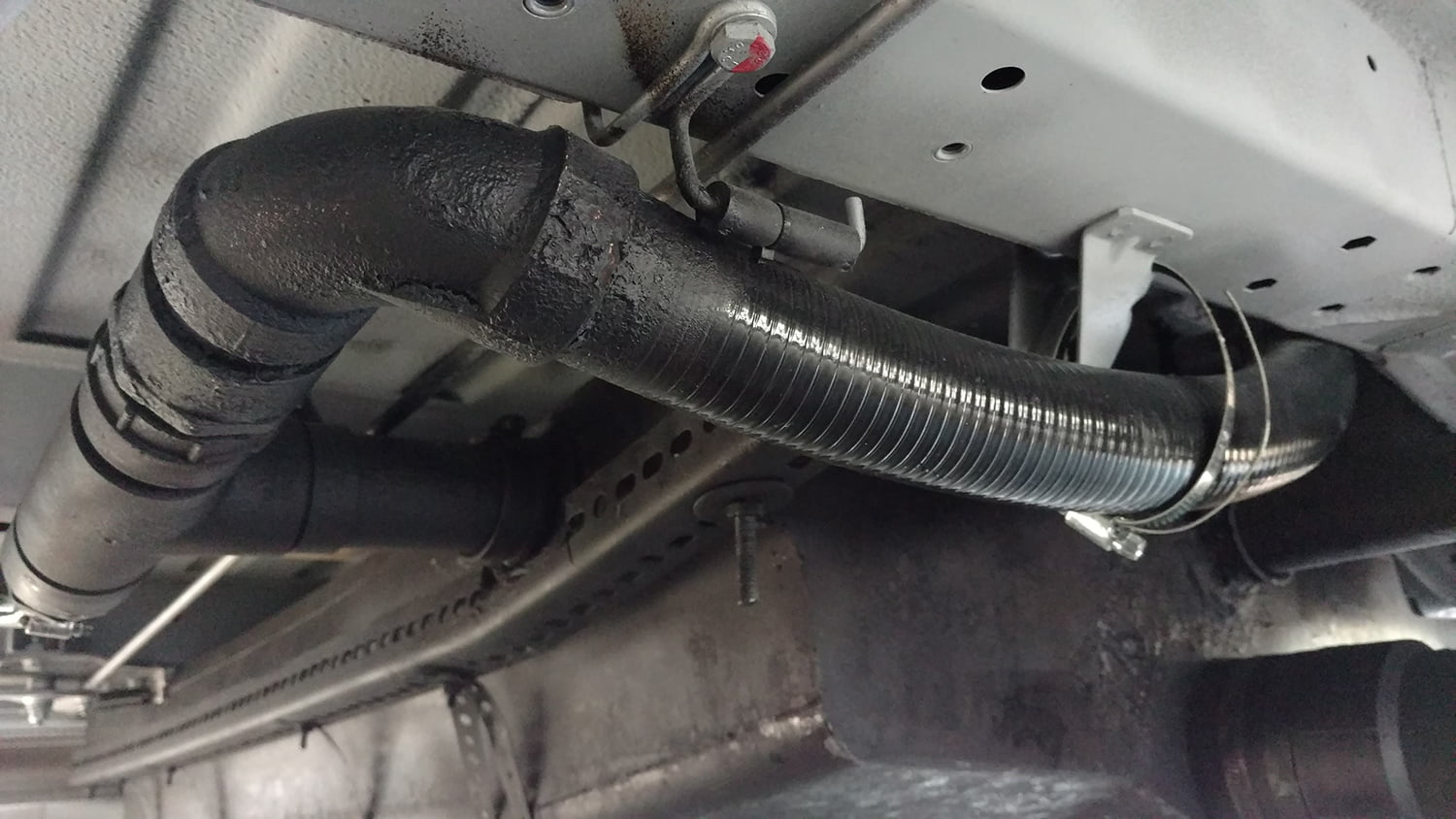

Articles
How Does Plumbing Work In An RV
Modified: February 27, 2024
Learn how plumbing works in an RV with our informative articles. Discover essential tips, tricks, and maintenance advice for your mobile home.
(Many of the links in this article redirect to a specific reviewed product. Your purchase of these products through affiliate links helps to generate commission for Storables.com, at no extra cost. Learn more)
Introduction
When it comes to enjoying the great outdoors with all the comforts of home, owning a recreational vehicle (RV) is a popular choice. RVs provide a convenient and flexible way to travel, allowing you to bring your own living space with you wherever you go. One essential aspect of any RV is its plumbing system, which allows for the flow of water in and out of the vehicle.
In this article, we will explore how the plumbing system in an RV works, including the various components and their roles. Understanding the basics of RV plumbing will not only help you enjoy a comfortable and convenient journey but also enable you to troubleshoot any plumbing issues that may arise along the way.
So, let’s dive in and unravel the mysteries of RV plumbing!
Key Takeaways:
- Enjoying the great outdoors in an RV? Learn how the plumbing system works, from sourcing water to managing waste, for a comfortable and convenient travel experience.
- Understanding RV plumbing is essential. From water sources to waste management, proper maintenance ensures a steady water supply and reliable waste management for worry-free adventures.
Read more: How Does A Rv Toilet Work
Water Sources
One of the key considerations for RV owners is where to obtain water while on the road. There are typically three main sources of water for RVs:
- City Water Connection: Many campsites and RV parks offer a city water connection, similar to a regular home water hookup. This allows you to connect your RV directly to a water source using a hose. When connected to the city water supply, water flows directly into your RV’s plumbing system, providing a continuous supply as long as the connection remains active.
- Onboard Water Tank: RVs come equipped with onboard water tanks, which are typically located beneath the vehicle or in a designated compartment. These tanks hold fresh water that you can bring with you on your travels. The capacity of the tanks can vary depending on the size of the RV and your water needs. It’s important to fill up the tank with fresh water before you hit the road.
- External Water Source: In some cases, you may not have access to a city water connection or need to conserve the water in your onboard tanks. In those situations, you can use an external water source such as a portable water container or jerry can. These containers can be filled with water from a nearby source, such as a campground tap, and then manually emptied into your RV’s onboard tanks when needed.
Having multiple water sources gives you flexibility and ensures you have access to water no matter where your travels take you.
Water Tanks
Water tanks are an integral part of the RV plumbing system. They store the fresh water that you bring with you on your travels. Depending on the size and type of your RV, you may have one or multiple water tanks.
The fresh water tank, also known as the freshwater holding tank, is where the water from external sources or the city water connection is stored. This tank provides the water supply for your RV when you don’t have access to a city water hookup. The capacity of the fresh water tank can vary greatly depending on the size of your RV, ranging from 20 to 100 gallons or more.
In addition to the fresh water tank, many larger RVs also have separate tanks for grey water and black water. The grey water tank collects water from the sinks and shower drains, while the black water tank holds the waste from the toilet. These tanks are designed to properly store and contain the wastewater until you can empty them at a designated dumping station.
To ensure the longevity and cleanliness of your water tanks, it is important to follow proper maintenance practices. Regularly cleaning and sanitizing the tanks will prevent the buildup of bacteria and potential odors. Additionally, properly draining the tanks before storing your RV for an extended period is crucial to prevent any damage that may occur due to freezing temperatures.
It’s also a good idea to monitor the water levels in your tanks, especially when boondocking or dry camping, where you don’t have access to a city water connection. By keeping an eye on your water levels, you can plan your water usage and conserve water when necessary.
Overall, water tanks are a vital component of an RV’s plumbing system, providing you with a self-contained water supply while on the road.
Water Pump
The water pump in an RV is responsible for pressurizing the water system and delivering water from the tanks to the various plumbing fixtures throughout the vehicle. It ensures a steady flow of water for tasks such as washing dishes, taking showers, or flushing the toilet.
The water pump is typically located near the freshwater tank or in close proximity to the plumbing system. It is powered by the RV’s electrical system or the onboard battery. When you turn on a faucet or flush a toilet, the water pump activates and starts pumping water through the plumbing pipes.
One of the key features of an RV water pump is its ability to maintain consistent water pressure. Even when the water source is low-pressure or the demand for water is high, the pump will work to maintain a steady flow. This ensures that you have sufficient water pressure for all your daily activities.
It’s important to note that if you are connected to a city water hookup, the water pressure is typically regulated by the campground or park’s water system. In such cases, the water pump may not be necessary as the water flows directly from the source into your RV’s plumbing system.
When it comes to maintaining the water pump, regular inspections are essential. Check for any leaks or unusual noises that may indicate a problem with the pump. Additionally, make sure to winterize the water pump and plumbing system to prevent any damage due to freezing temperatures.
In summary, the water pump plays a crucial role in an RV’s plumbing system, providing pressurized water for all your onboard needs.
Plumbing Pipes and Fittings
Plumbing pipes and fittings are the backbone of any RV’s plumbing system. They are responsible for carrying water from the tanks to the various fixtures and ensuring a smooth flow throughout the vehicle.
RV plumbing systems typically use a combination of flexible and rigid pipes. The most common types of plumbing pipes found in RVs include:
- PEX: Cross-linked polyethylene (PEX) pipes are popular in RV plumbing systems due to their flexibility and durability. PEX pipes are resistant to freezing and can expand and contract without causing damage. They are easy to cut and install, making them a popular choice for RV manufacturers.
- CPVC: Chlorinated polyvinyl chloride (CPVC) pipes are also commonly used in RV plumbing. These pipes are rigid and can withstand high temperatures. They are often used for hot water lines within the RV.
- Flexible Hoses: Flexible hoses are used in specific areas of the RV where flexibility is necessary, such as underneath sinks and behind toilets. These hoses are typically made of reinforced rubber or PVC and can be easily connected to the plumbing system using fittings.
In addition to the pipes, various fittings and connectors are used to join the pipes and create a watertight seal. Some common plumbing fittings found in RVs include:
- Compression Fittings: Compression fittings are used to connect pipes together using a threaded nut and compression ring. They provide a secure connection without the need for any special tools or adhesives.
- Polybutylene (PB) Fittings: PB fittings are used with PB pipes and are designed for easy installation and removal. These fittings are often color-coded for quick identification.
- Push-to-Connect Fittings: Push-to-connect fittings, also known as quick-connect fittings, are popular in RV plumbing systems. They allow for easy installation and removal by simply pushing the pipe into the fitting.
It’s important to ensure that all pipes and fittings are properly installed and sealed to prevent any leaks. Regular inspections should be conducted to check for any signs of leaks or damage, and repairs should be made promptly to maintain the integrity of the plumbing system.
Overall, the selection of appropriate pipes and fittings is crucial for the functionality and reliability of an RV’s plumbing system.
When using the plumbing in an RV, always make sure to use RV-specific toilet paper to prevent clogs and damage to the system. Regular toilet paper can cause blockages in the pipes.
Read more: How Does RV Refrigerator Work
Plumbing Fixtures
Plumbing fixtures are the visible components of an RV’s plumbing system that provide water for different tasks and activities. These fixtures include sinks, faucets, showers, and toilets, among others. Let’s take a closer look at some of the common plumbing fixtures found in RVs.
- Sinks: RVs are equipped with kitchen and bathroom sinks that provide water for washing dishes, cleaning hands, and other daily activities. These sinks typically have a single handle or dual-handle faucet for controlling the flow of hot and cold water.
- Faucets: Faucets are available in various styles and designs to fit the overall aesthetic of the RV. They are responsible for controlling the flow and temperature of water. Some RV faucets also come with additional features such as spray nozzles or water filters.
- Showers: RV showers are compact but designed to provide a comfortable bathing experience. They are equipped with a showerhead, hot and cold water controls, and a drain. Some larger RVs may have separate shower enclosures, while others may have a combined shower and toilet area.
- Toilets: RV toilets come in different types, including gravity-flush toilets and composting toilets. Gravity-flush toilets operate similarly to traditional toilets found in homes, while composting toilets use natural processes to break down waste. RV toilets are designed to conserve water and effectively manage waste.
- Water Heaters: While not technically a fixture, water heaters play a crucial role in providing hot water for showers and sinks. RV water heaters are typically powered by propane gas or electricity. They heat the water and supply it to the various plumbing fixtures as needed.
When it comes to maintaining plumbing fixtures, regular cleaning and inspection are key. Keeping the fixtures clean and free from mineral deposits will ensure optimal performance and longevity. Additionally, checking for any leaks, drips, or unusual noises will help detect any issues early on and allow for prompt repairs.
Plumbing fixtures are an essential part of an RV’s plumbing system, ensuring a comfortable and convenient water supply for all your daily needs.
Waste Water System
As essential as the freshwater system in an RV is, managing waste water is equally important. The waste water system in an RV collects and stores the water and waste materials from various sources, such as sinks, showers, and toilets. Let’s delve into the key components of the waste water system.
Gray Water Tank: The gray water tank collects the wastewater from sinks and showers. This includes water used for washing dishes, taking showers, and brushing teeth. The gray water tank is typically located beneath the RV, and its capacity varies depending on the size of the RV. It’s important to note that some RVs may have separate gray water tanks for the kitchen and bathroom.
Black Water Tank: The black water tank holds the waste from the toilet. It is designed with a sealing mechanism to prevent odors from escaping. The black water tank is equipped with a toilet flange, which connects to the toilet bowl and ensures the waste goes directly into the tank.
Toilet System: RV toilets can either be gravity-flush or composting. Gravity-flush toilets operate similarly to traditional toilets, using water and gravity to flush waste into the black water tank. Composting toilets, on the other hand, separate solids and liquids and use natural processes to decompose the waste. This helps reduce or eliminate the need for water in flushing.
Drain Valves: RVs have drain valves located at the bottom of the gray and black water tanks. These valves allow you to empty the tanks when they become full or when you are at a designated dump station. It’s important to follow proper procedures and guidelines when emptying the tanks to ensure a sanitary and environmentally conscious process.
Regular maintenance and proper care of the waste water system are essential to prevent odors, clogs, or leaks. This includes flushing the tanks regularly, using tank treatments to break down waste materials and control odors, and inspecting all connections and seals for any signs of damage or leaks. Additionally, be mindful of what you put down the drains to avoid clogging or damaging the plumbing system.
Overall, an efficient waste water system is crucial for maintaining cleanliness and proper sanitation in your RV, giving you peace of mind while enjoying your travels.
Winterizing the Plumbing System
Winterizing your RV’s plumbing system is an essential step to protect it from potential damage caused by freezing temperatures. When water freezes, it expands and can lead to burst pipes, cracked fittings, and other costly issues. Here are the key steps to winterize your RV’s plumbing system:
Drain Water: Begin by draining all the water from your RV’s tanks, including the fresh water, gray water, and black water tanks. Make sure to open all drains and faucets to remove any residual water. This includes flushing the toilet and draining the water heater.
Bypass Water Heater: Before adding antifreeze, it’s important to bypass the water heater. This prevents antifreeze from entering and potentially contaminating the water heater tank. Refer to your RV’s specific instructions or consult the owner’s manual to locate the bypass valves for the water heater.
Add Antifreeze: Next, add RV antifreeze to the plumbing system. Use a non-toxic RV antifreeze specifically designed for this purpose. Connect a hand pump to the fresh water intake or use an onboard water pump to pump the antifreeze through the plumbing system. Be sure to open all faucets, including hot and cold water handles, until you see antifreeze flowing out.
Flush Toilets: Flush the toilets until you see antifreeze enter the bowl and fill the traps. This ensures that the toilet’s waterline and traps are protected from freezing temperatures. Don’t forget to also add antifreeze to the toilet bowl itself.
Protect Exterior Connections: Insulate and protect any exterior connections, such as the city water inlet and any exposed pipes or fittings. This helps prevent freezing and potential damage to these external components.
Seal Openings: Lastly, seal any openings or gaps in the RV’s exterior to prevent cold air from entering and potentially freezing the pipes. Use insulation or sealant to close off any areas where cold air may infiltrate, such as around plumbing vents or access panels.
Remember, the process of winterizing your RV’s plumbing system may vary slightly depending on the make and model of your RV. Always consult your owner’s manual or seek guidance from a professional if you have any doubts or questions.
By properly winterizing your RV’s plumbing system, you can protect it from the damaging effects of freezing temperatures, ensuring a smooth and trouble-free start to your next camping season.
Conclusion
Understanding how the plumbing system works in an RV is essential for every owner. From sourcing water to managing waste, the plumbing system plays a crucial role in providing a comfortable and convenient experience while on the road.
In this article, we explored the different aspects of an RV’s plumbing system. We learned about the various water sources, including city water hookups, onboard water tanks, and external water containers. These sources provide flexibility and ensure a continuous water supply as you embark on your adventures.
We also discussed the importance of water tanks and their role in storing fresh water for use in the RV. Maintaining and monitoring these tanks is crucial to ensure a steady water supply and efficient usage throughout your travels.
The water pump, another vital component of the plumbing system, is responsible for pressurizing and delivering water to the fixtures. We discussed its role in maintaining consistent water pressure and highlighted the need for regular maintenance and inspection.
Plumbing pipes and fittings were also explored in detail. The choice of pipes, such as PEX or CPVC, and the selection of appropriate fittings ensure a reliable and leak-free plumbing system. Proper installation and regular maintenance are crucial in preserving the integrity of the system.
Plumbing fixtures, including sinks, faucets, showers, and toilets, provide the necessary functionalities for daily activities. We discussed how these fixtures should be cleaned, inspected, and properly maintained to ensure optimal performance and longevity.
The waste water system is another crucial aspect of RV plumbing. Proper management of gray water and black water, along with regular maintenance and responsible disposal practices, are essential for a clean and hygienic RV lifestyle.
Lastly, we covered the importance of winterizing the plumbing system to protect it from freezing temperatures. By following the necessary steps, such as draining water, adding antifreeze, and sealing openings, you can safeguard your RV’s plumbing system and avoid costly damages.
In conclusion, a well-maintained and properly functioning RV plumbing system is essential for a comfortable and enjoyable travel experience. By understanding the components and taking proactive measures, you can ensure a steady water supply, reliable waste management, and the peace of mind to fully enjoy your adventures on the road.
Frequently Asked Questions about How Does Plumbing Work In An RV
Was this page helpful?
At Storables.com, we guarantee accurate and reliable information. Our content, validated by Expert Board Contributors, is crafted following stringent Editorial Policies. We're committed to providing you with well-researched, expert-backed insights for all your informational needs.
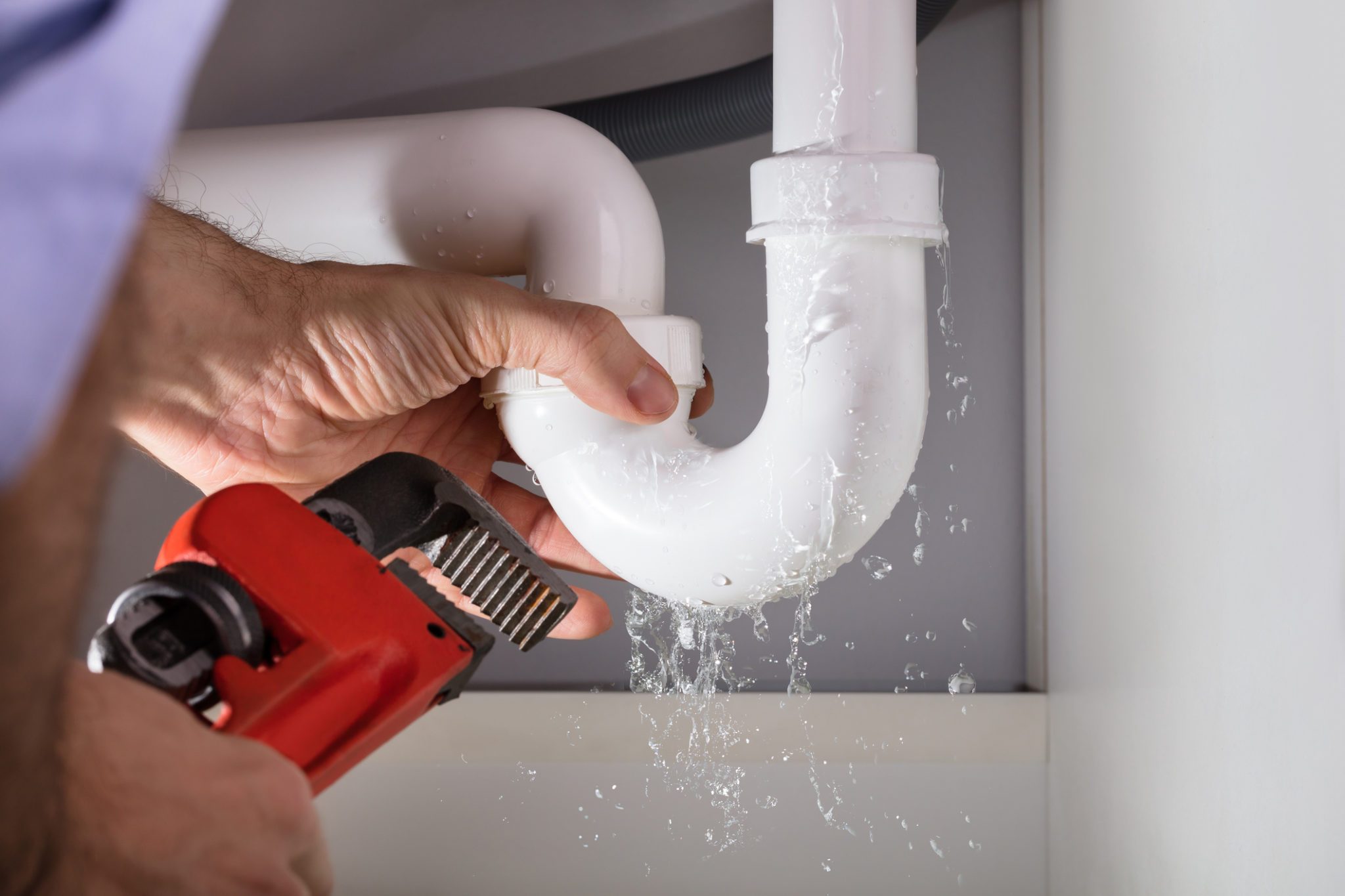
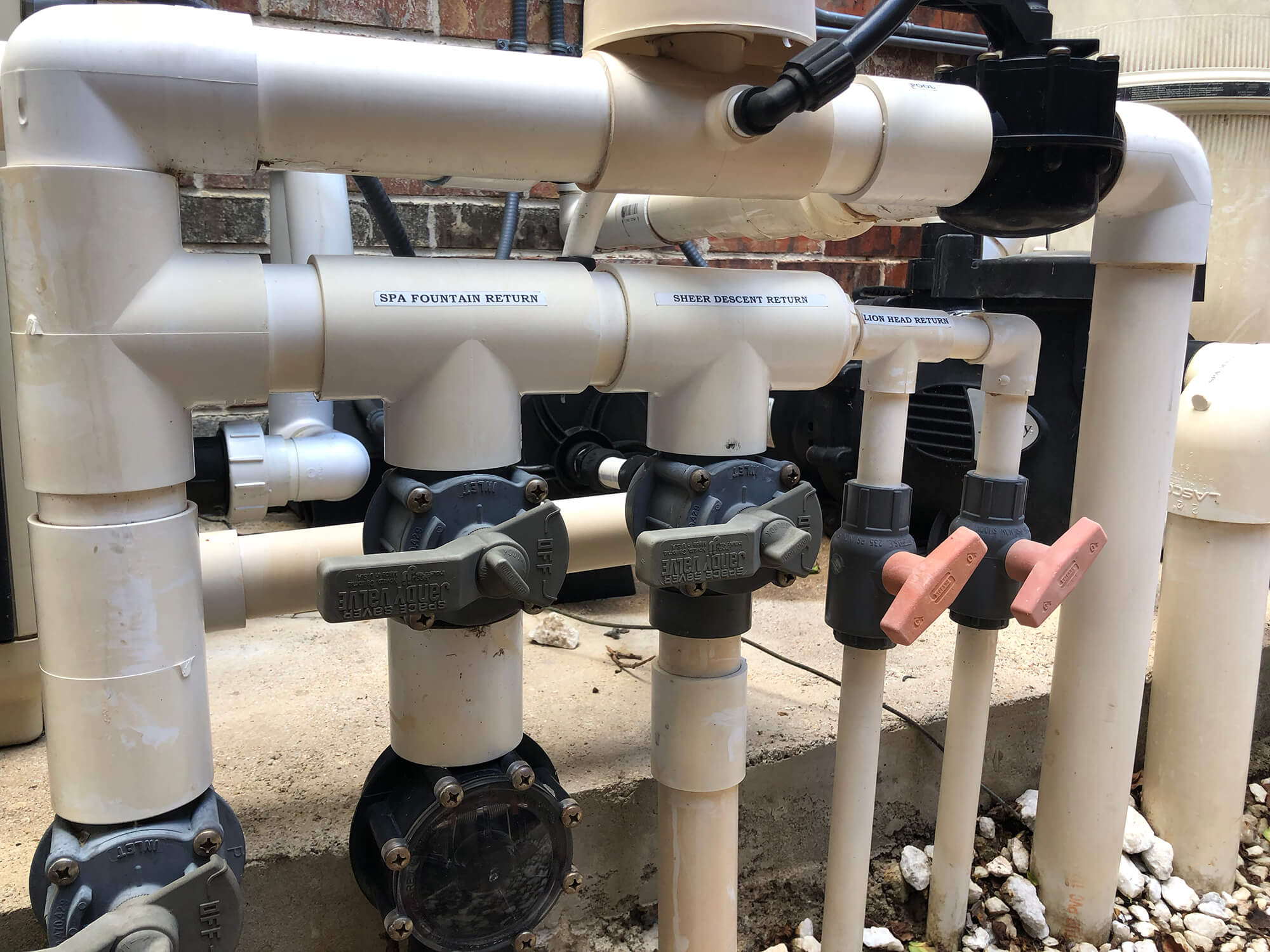
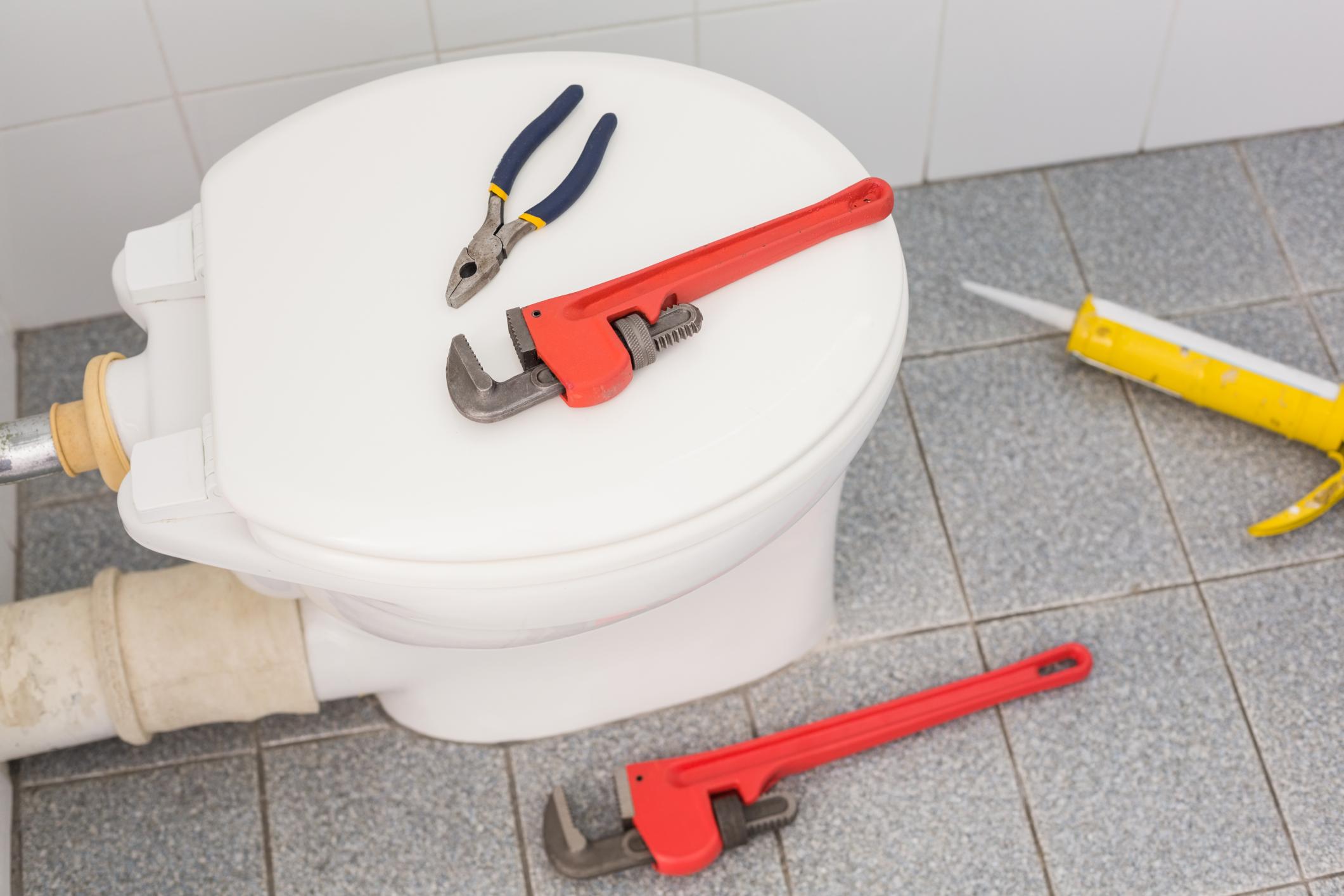
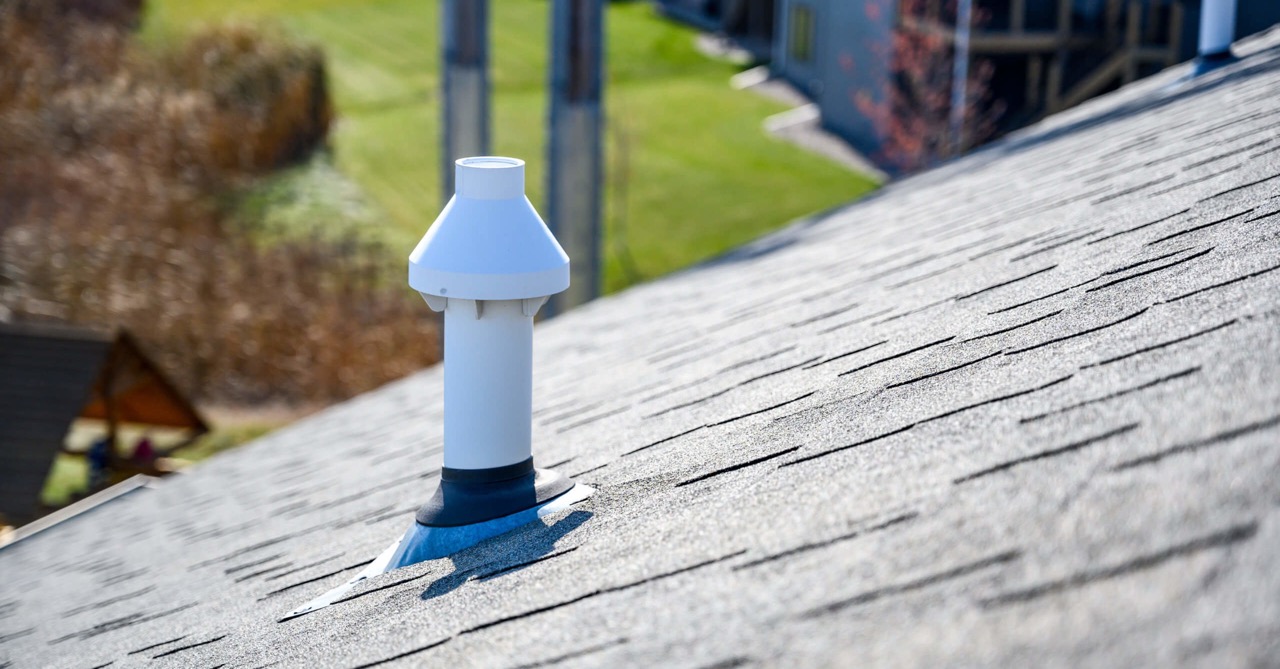
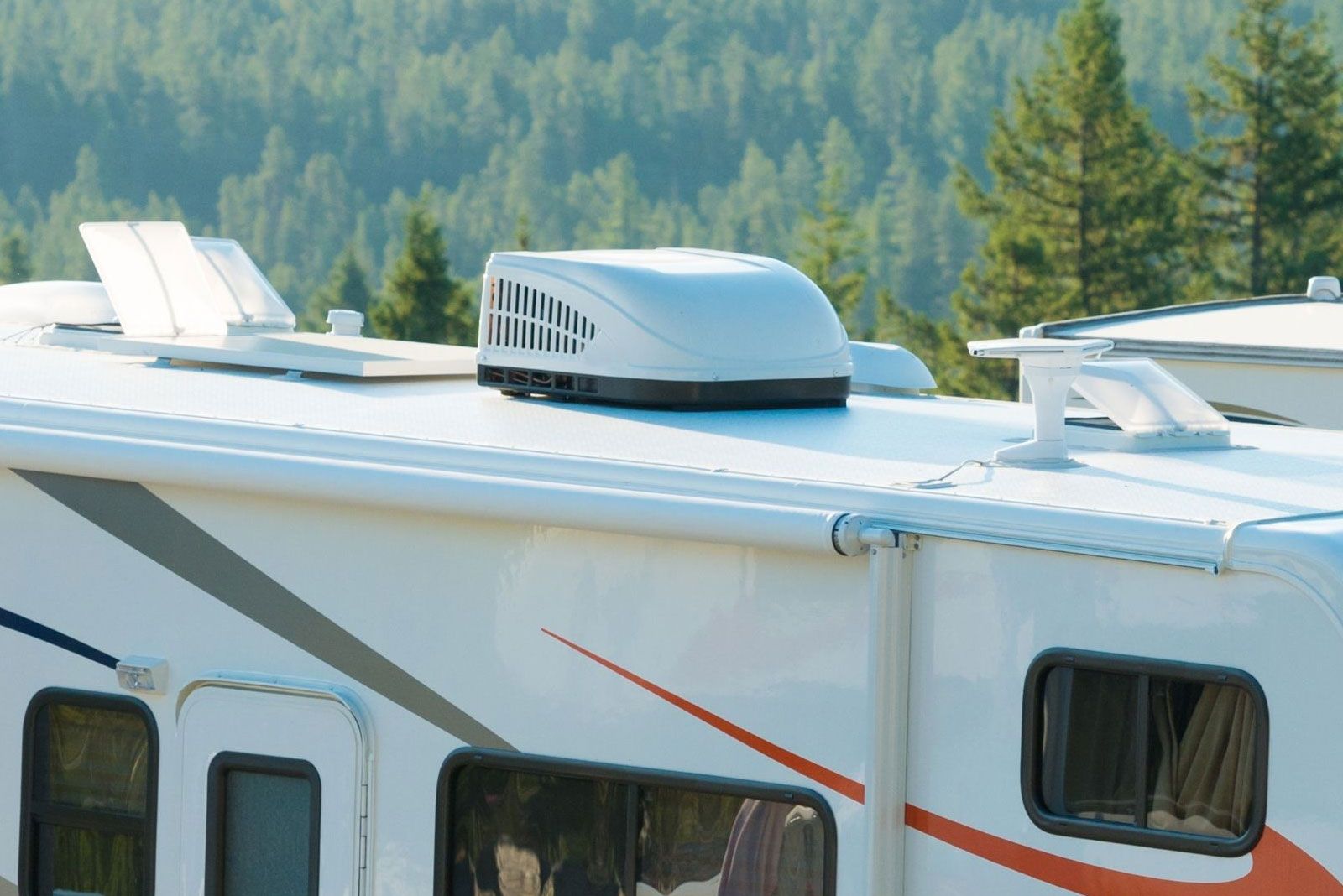
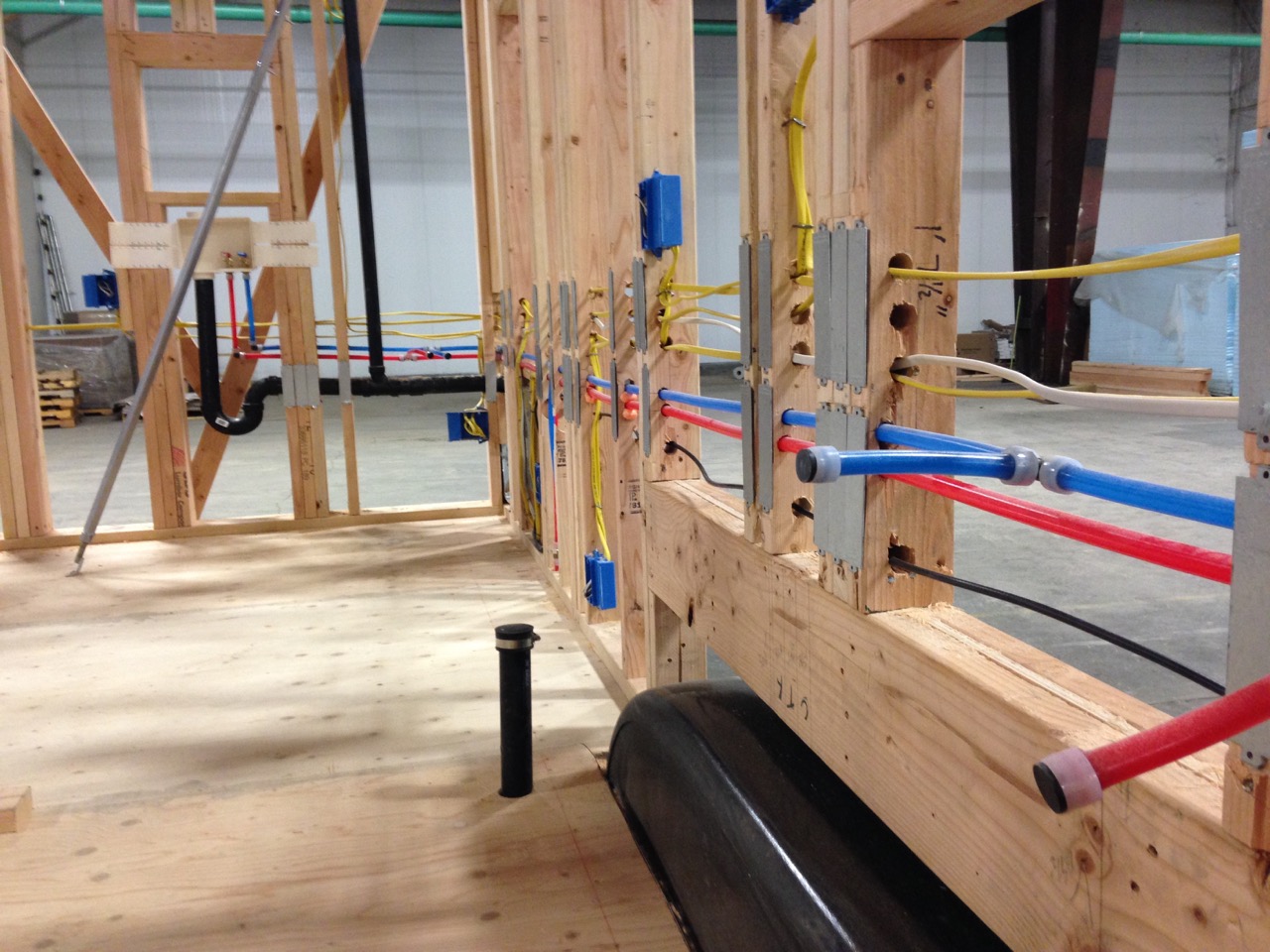
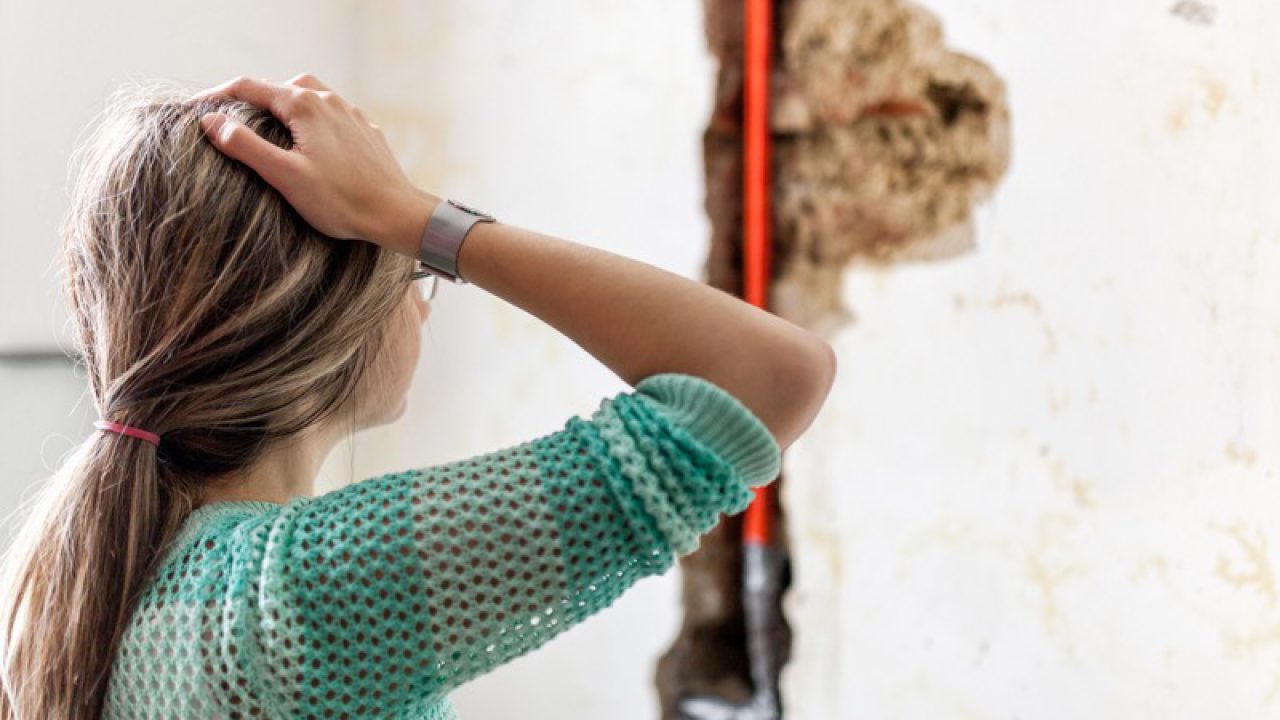
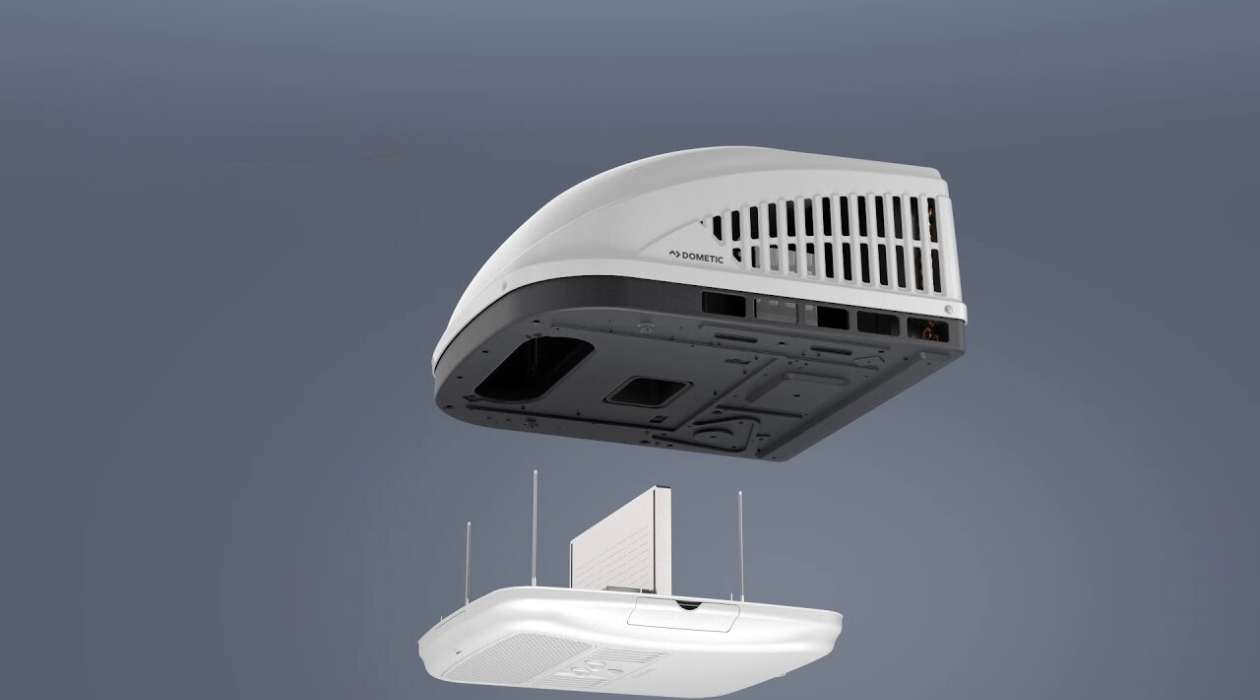
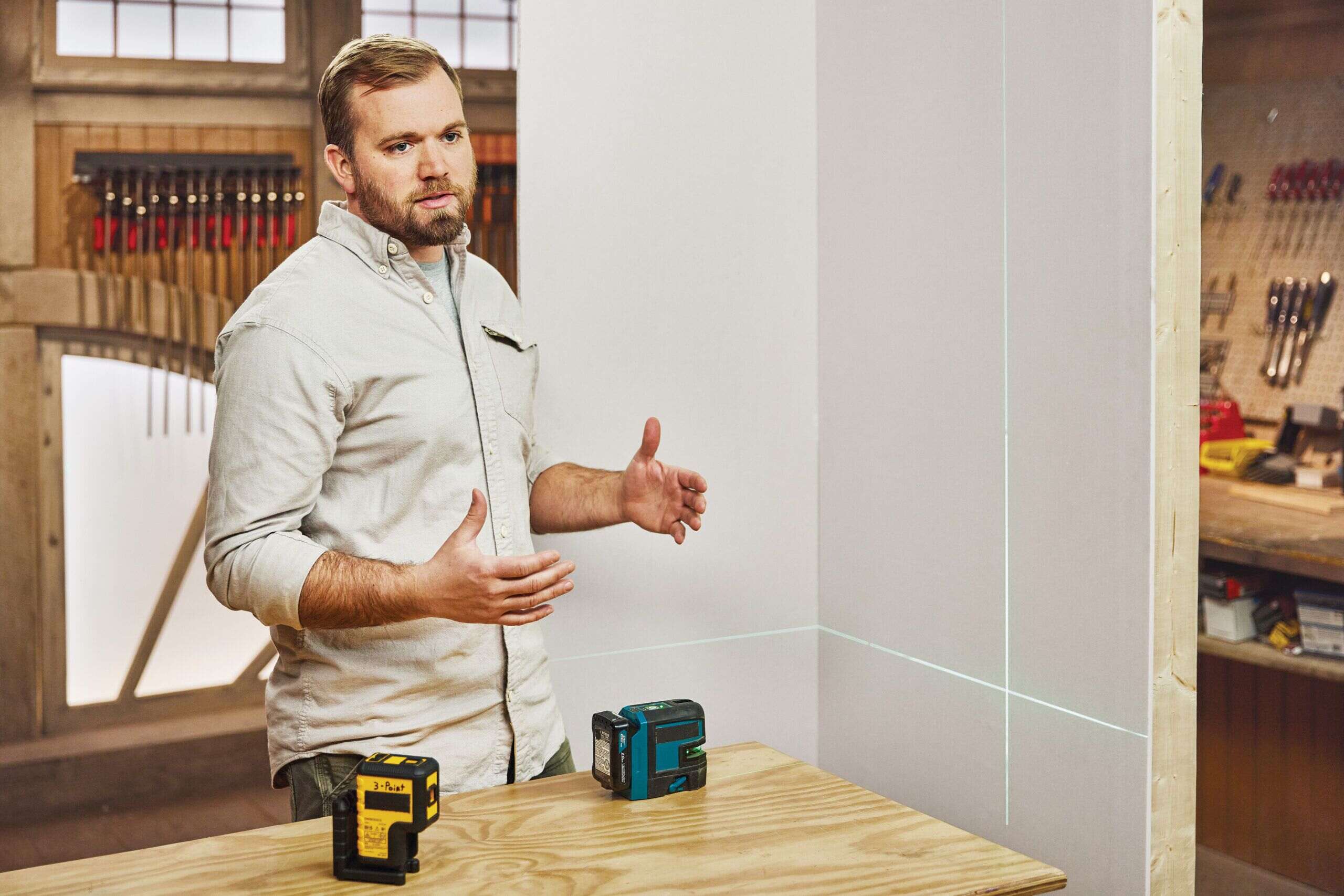
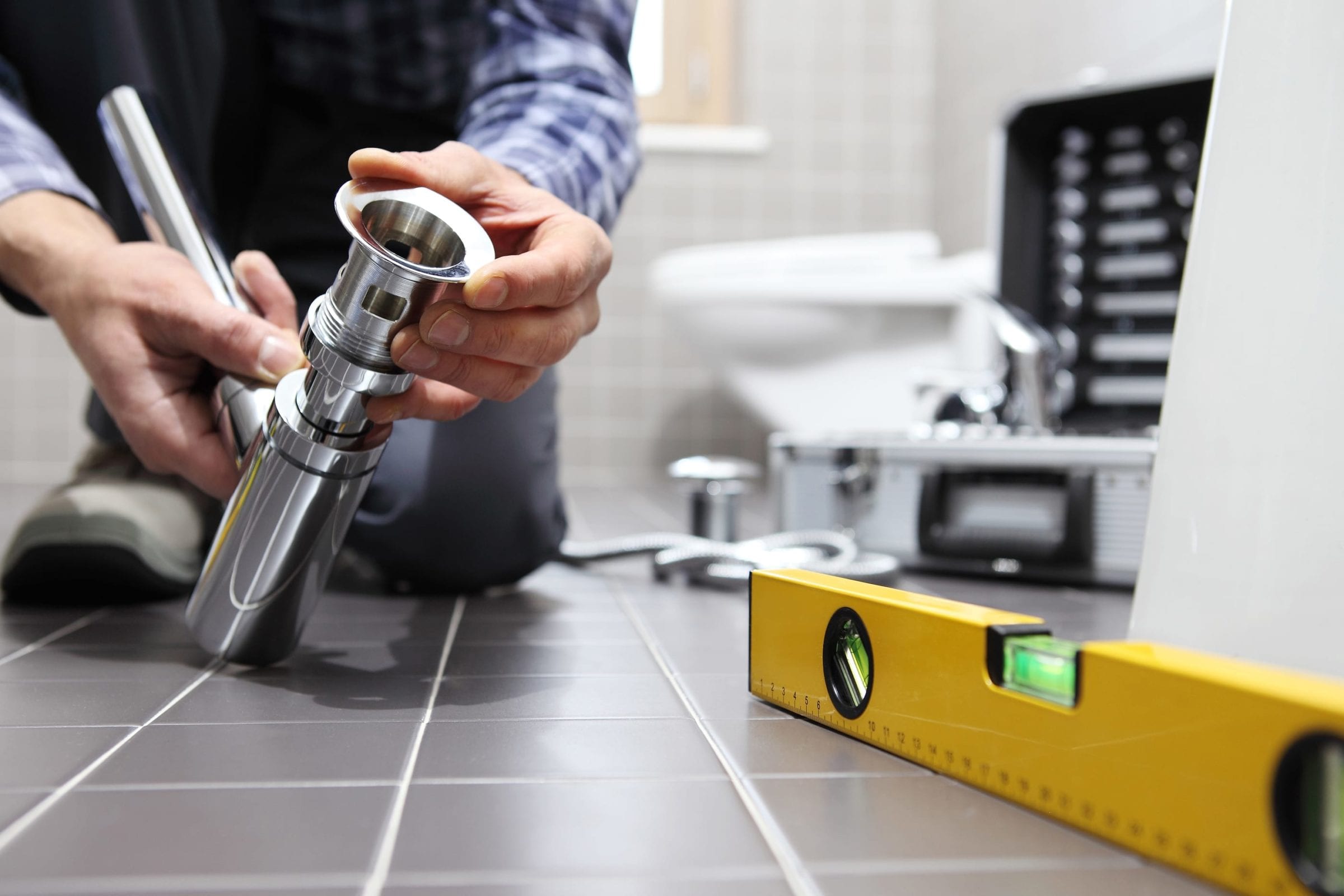
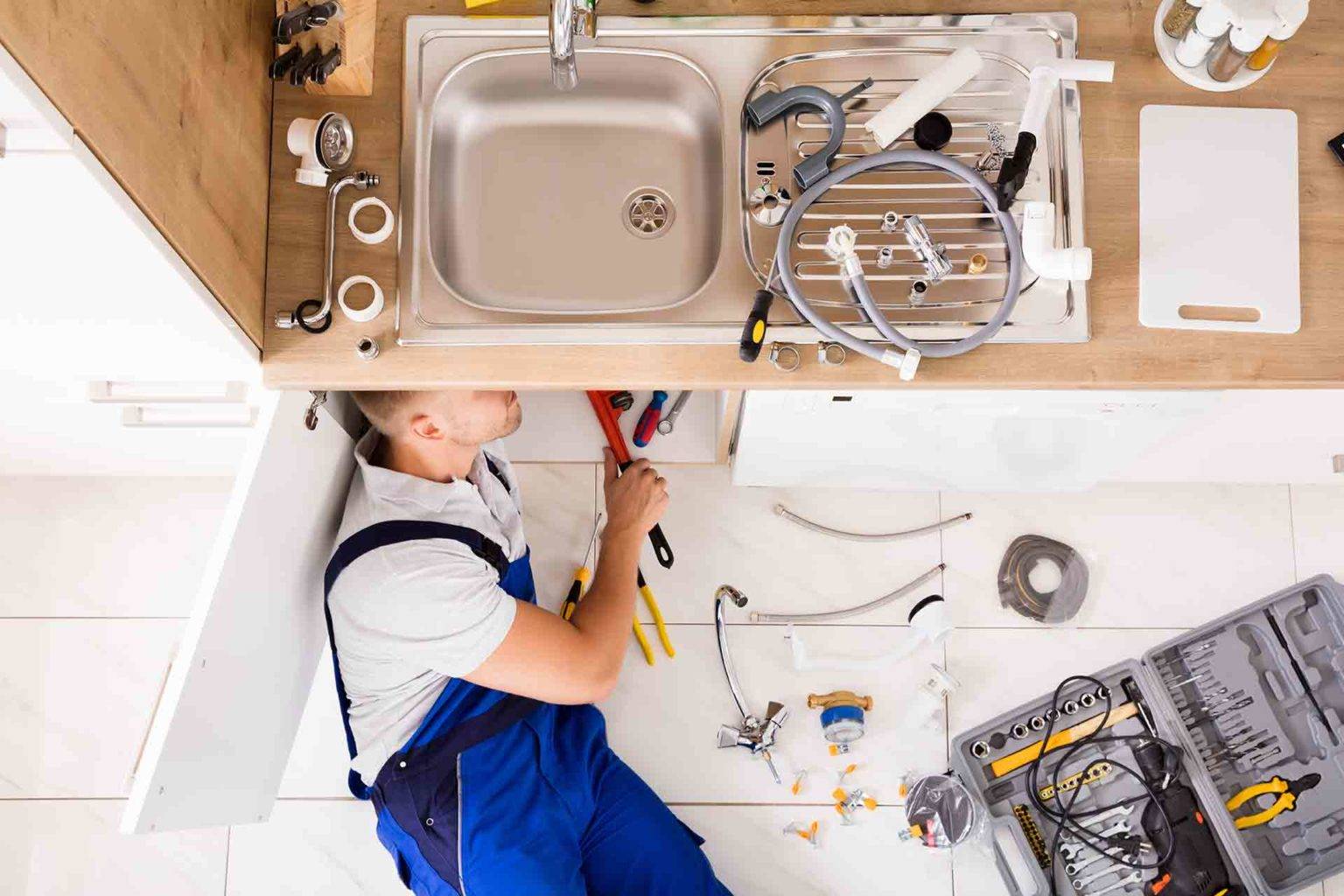
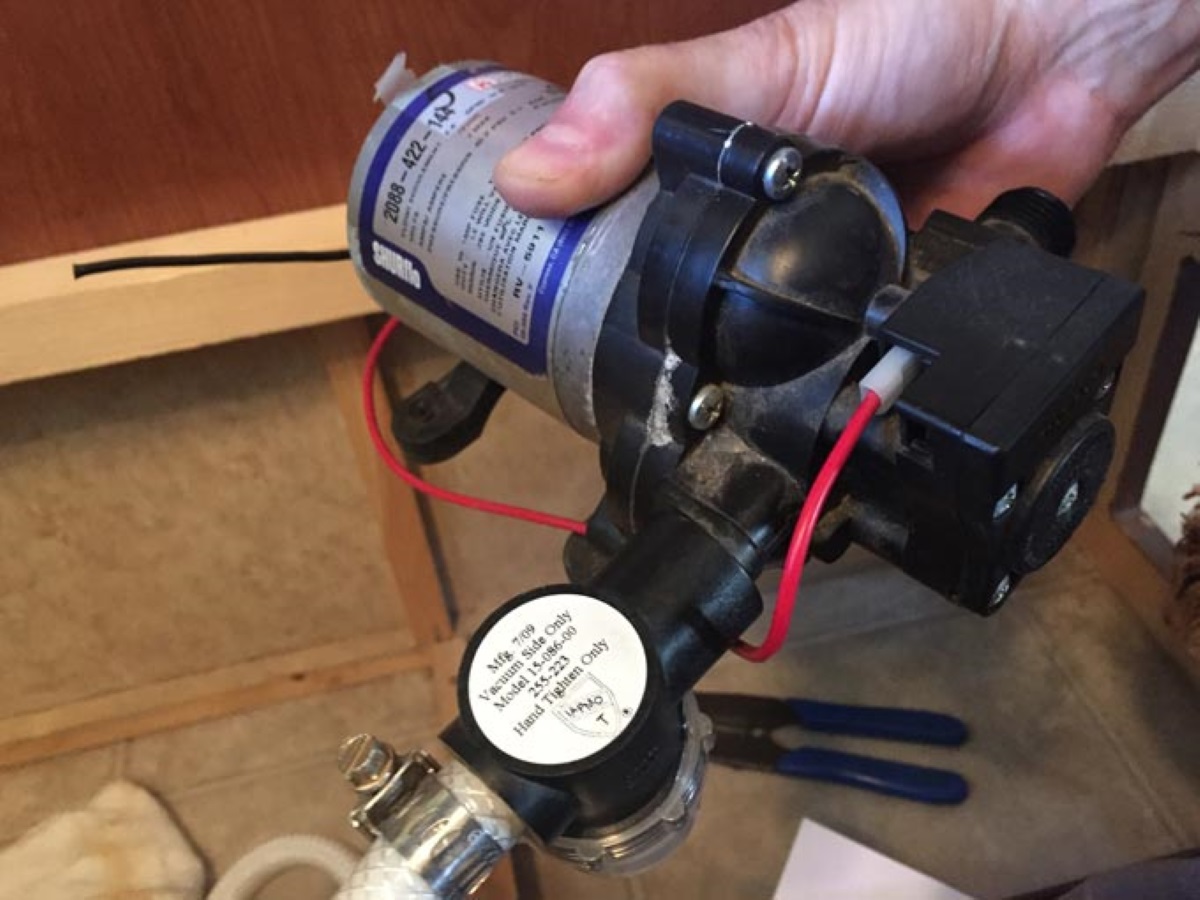
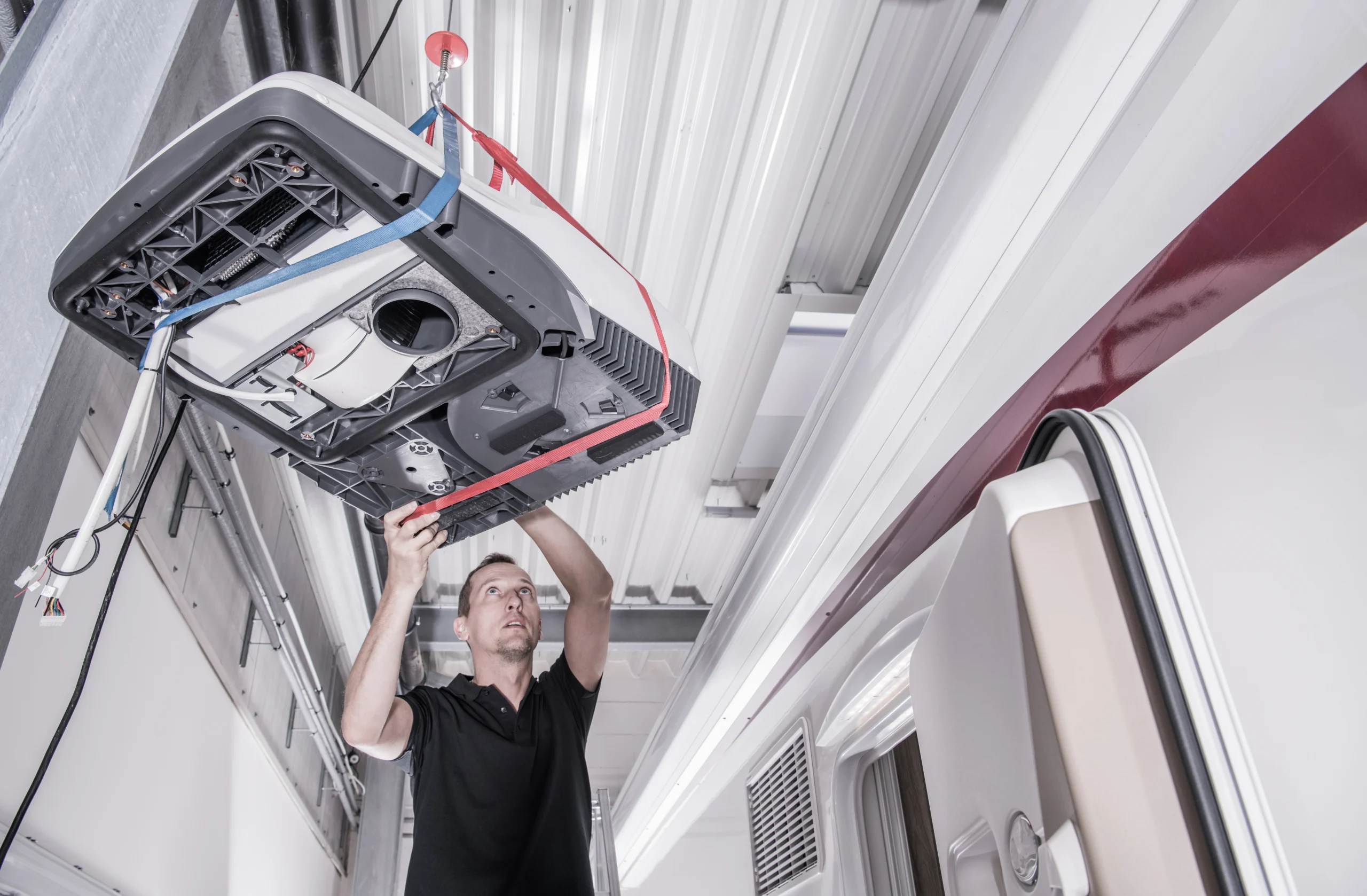
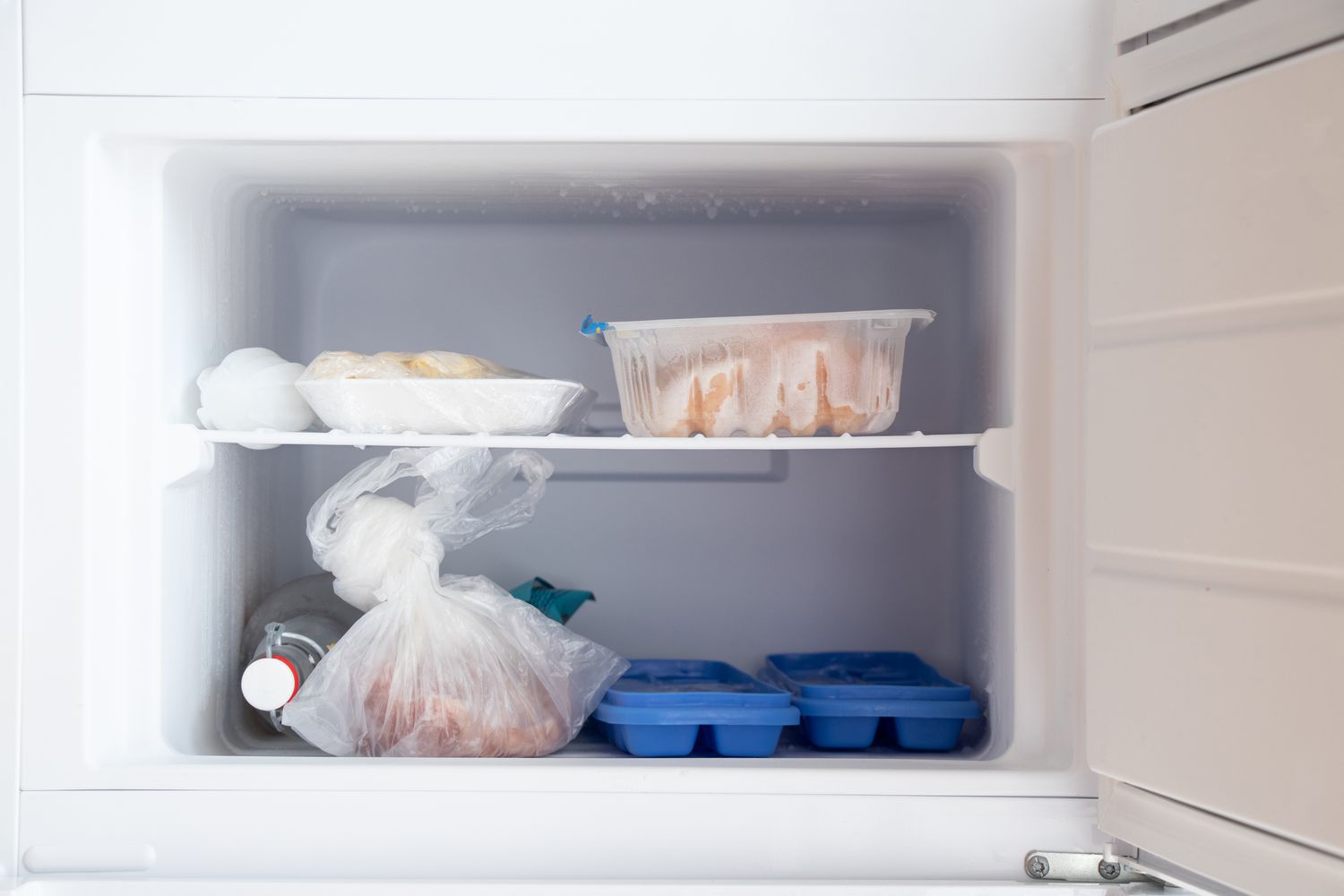

0 thoughts on “How Does Plumbing Work In An RV”